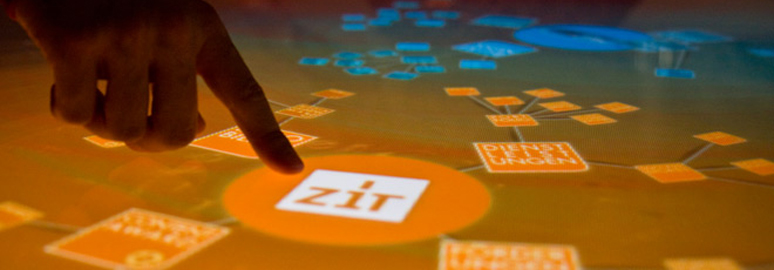It’s almost unfair to swoon over the future visions of human computer interaction without remembering its forefathers. It was in a small 1960’s research lab at the Stanford Research Institute that Douglas Engelbart and Bill English conceived of the computer mouse. A bulky device, by today’s standards, the mouse used two gear-wheels perpendicular to each other: the rotation of each wheel translated into motion along one axis. Decades of research and developments later, Engelbart is regarded as the revolutionary man who invented much of the information environment we live in today - the computer mouse, word processing, email, hypertext and so on. In short, the godfather of interactive computing. His visions of the future were shared with the world during the 1968 San Francisco event, later coined “The Mother of all Demos”.
Today, of course, we use our mice almost subconsciously, navigating to sites like Vimeo.com where imaginers of the future share their visions in modern demos. I find it interesting how advancements in computer motion graphics editing have paved the way for these marvelous visuals, allowing the conceptual to become real. Inspiration for these projects ranges from science fiction, to Hollywood, to actual current research.
Oblong's g-speak spatial operating environment from john underkoffler on Vimeo.
Struktable Multitouch Installation from Gregor Hofbauer on Vimeo.
Ringo Holographic Interface from Ivan Tihienko on Vimeo.
World Builder from Bruce Branit on Vimeo.
flicflex concept from chris woebken on Vimeo.
Re:MARK Installation by Tmema from Tmema on Vimeo.
<a href="http://video.msn.com/?mkt=en-GB&playlist=videoByUuids:uuids:a517b260-bb6b-48b9-87ac-8e2743a28ec5&showPlaylist=true&from=shared" mce_href="http://video.msn.com/?mkt=en-GB&playlist=videoByUuids:uuids:a517b260-bb6b-48b9-87ac-8e2743a28ec5&showPlaylist=true&from=shared" target="_new" title="Future Vision Montage">Video: Future Vision Montage</a>
